CHARLES JOGUET
Kevin Fontaine
The wines of Chinon have long been celebrated. French humanist and native son, François Rabelais, sang their praises as far back as the sixteenth century. However, the distinction with which the appellation is regarded today is due in part to the legacy left by a more contemporary icon: Charles Joguet. This young painter and sculptor abandoned a budding art career to assume the family domain's direction in 1957. He soon began to question the common practice of selling grapes to traders, as his own family had done for years.
The wines of Chinon have long been celebrated. French humanist and native son, François Rabelais, sang their praises as far back as the sixteenth century. However, the distinction with which the appellation is regarded today is due in part to the legacy left by a more contemporary icon: Charles Joguet. This young painter and sculptor abandoned a budding art career to assume direction of the family domain in 1957. He soon began to question the common practice of selling grapes to negociants, as his own family had done for years.
The Joguets owned prime vineyard land in between the Loire and Vienne Rivers, with some of their finest found on the left bank of the Vienne, just outside Chinon, in Sazilly. These very lieux-dits had been recognized for their character and defined before the Renaissance — some even date back to the Middle Ages. Variations in the soils of these alluvial plains were substantial enough to realize that he was sitting on what would be considered in other regions as premier cru and grand cru vineyards. To sell the grapes off or to vinify these individualized plots together would have been madness. Separate terroirs, he believed, necessitate separate vinifications. Throughout his tenure, Charles took risks necessary to master the single-vineyard bottling with artistry that A.O.C. Chinon had never before seen. In so doing, he realized the true potential of the land.
Charles has since retired. Today, the young, eager, and talented Kevin Fontaine oversees the vineyards and the cellars. He and his team farm thirty-six hectares of Cabernet Franc. Closely adhering to Charles's tradition, the Domaine bottles nine different cuvées, handling each one as a unique terroir and microclimate with individualized care and attention. That ethic trickles into the cellars as well, where careful deliberation and experimentation bring about gradual change.
The Joguets owned prime vineyard land in between the Loire and Vienne Rivers, with some of their finest found on the left bank of the Vienne, just outside Chinon, in Sazilly. These very lieux-dits had been recognized for their character and defined before the Renaissance — some even date back to the Middle Ages. Variations in the soils of these alluvial plains were substantial enough to realize that he was sitting on what would be considered in other regions as premier cru and grand cru vineyards. To sell the grapes off or to vinify these individualized plots together would have been madness. Separate terroirs, he believed, necessitate separate vinifications. Over the course of his tenure, Charles took the risks necessary to master the single-vineyard bottling with an artistry that A.O.C. Chinon had never before seen. In so doing, he realized the true potential of the land.
Charles has since retired. Today, the young, eager, and talented Kevin Fontaine oversees the vineyards and the cellars. He and his team farm thirty-six hectares of Cabernet Franc. Closely adhering to the tradition of Charles, the domaine bottles nine different cuvées, handling each one as a unique terroir and microclimate with individualized care and attention. That ethic trickles into the cellars as well, where careful deliberation and experimentation bring about gradual change.
The wines are divided into two lines: precocious cuvées and those for long-ageing. Precocious cuvées, like the “Cuvée Terroir” and “ Les Petites Roches” (Little Rocks), are made to be consumed young. If premier crus were permitted in Chinon, Les Varennes du Grand Clos would certainly be considered one of them. Clos du Chêne Vert and Clos de la Dioterie are perhaps their greatest wines — certainly of grand cru quality — with excellent ageing potential. Those who are convinced that the best Cabernet Franc grows in Bordeaux may quickly transfer their allegiance to the Loire upon tasting these classic, appellation-defining Chinons. The purity of fruit, the exceptional delineation of aromas and flavours, the soulful reflection of terroirs, and the extraordinary seductiveness of the texture make the wines from Joguet second to none
The wines are divided into two lines: precocious cuvées and those for long-aging. Precocious cuvées, like the “Cuvée Terroir” and “ Les Petites Roches” (Little Rocks), are made to be consumed young. If premier crus were permitted in Chinon, Les Varennes du Grand Clos would certainly be considered one of them. Clos du Chêne Vert and Clos de la Dioterie are perhaps their greatest wines — certainly of grand cru quality — with excellent aging potential. Those who are convinced that the best Cabernet Franc grows in Bordeaux may quickly transfer their allegiance to the Loire upon tasting these classic, appellation-defining Chinons. The purity of fruit, the exceptional delineation of aromas and flavors, the soulful reflection of terroirs, and the extraordinary seductiveness of the texture make the wines from Joguet second to none
REGION OF PRODUCTION
Loire Valley - France
APPELLATION
Chinon
FOUNDED
1957
VINEYARD
35 ha
CLIMATE
Temperate climate
SOIL COMPOSITION
Calcareous clay
VARIETIES GROWN
Cabernet franc, Chenin
AGRICULTURE
Organic
































